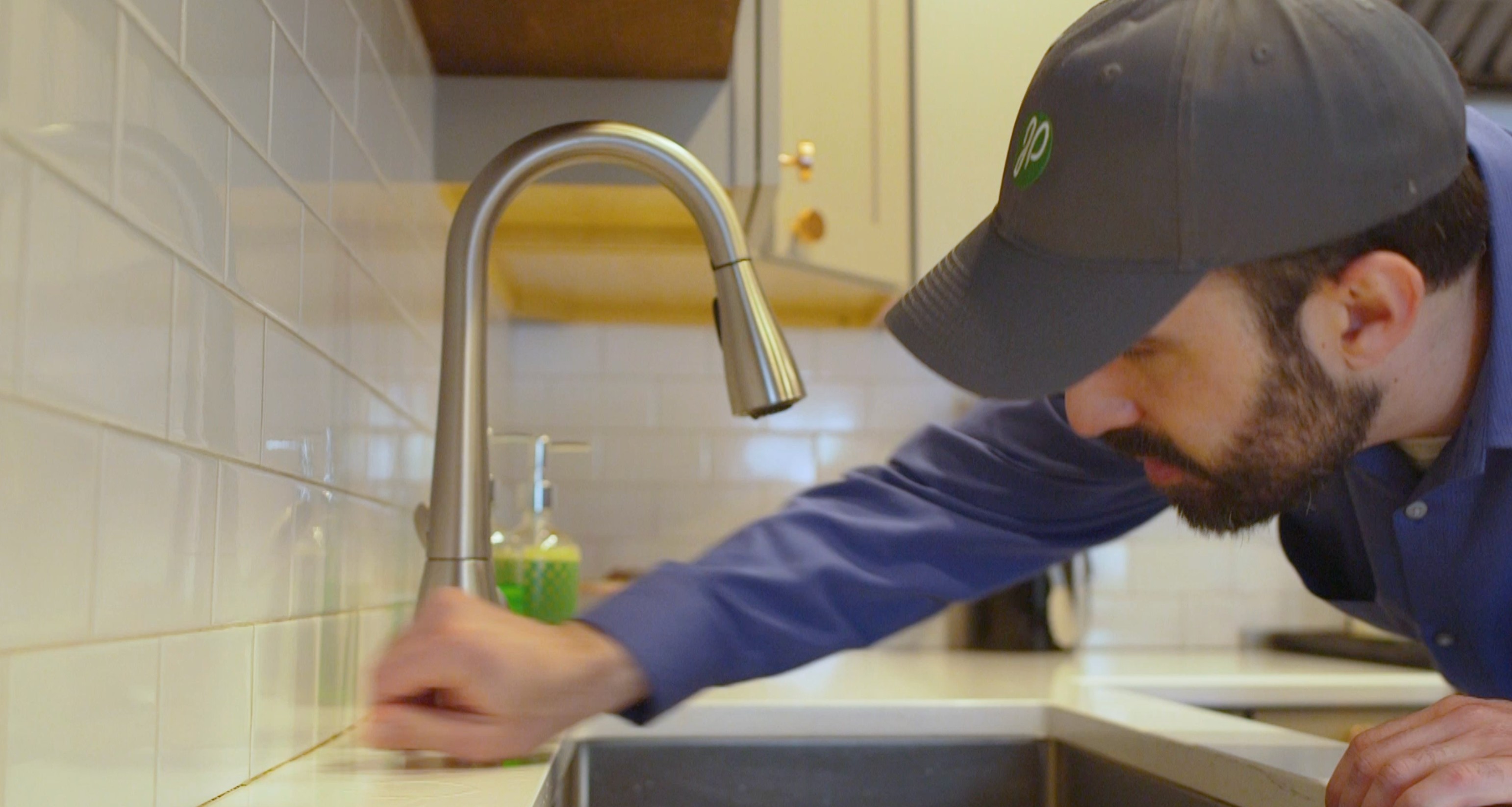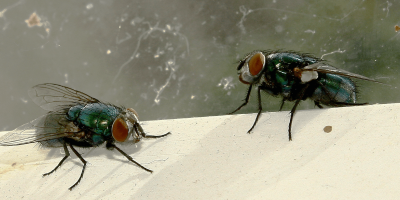Drain Line Pest Control for Property Managers

Why Property Managers Are Adding Drain Line Services to Pest Control Plans
Property managers of multifamily buildings know the challenges pests pose, including tenant complaints, property damage, and regulatory risks. But one often overlooked factor is the role of drain lines in harboring and spreading pests.
Drain lines create warm, damp environments that pests like cockroaches, drain flies, and rodents use to thrive and move undetected throughout a building. If neglected, these hidden pathways can undermine your pest control efforts and result in costly damages.
That is why more property managers in New England are adding drain line services to their pest control plans. Let us explore why this proactive step is essential and how it benefits your building, tenants, and bottom line.
How Drain Lines Contribute to Pest Problems
Drain lines and floor drains create warm, damp environments that attract pests to your multifamily property due to moisture and organic buildup. These pipes also serve as convenient pathways for pests such as cockroaches, drain flies, and rodents, allowing them to thrive and move undetected throughout the building. If left unchecked, drain flies in particular can cause significant and costly problems, including disease risks and damage to your property’s reputation.
Proper maintenance and attention to drain line conditions help block these pathways and disrupt pest activity. Common issues that encourage infestations include:
- Clogged or slow drains that cause standing water and attract pests.
- Leaky or broken seals that allow pests to enter living spaces from sewer lines.
- Dry traps that lose their water barrier and let pests travel freely between units.
- Pipe breaks or cracks that create entry points and nesting spots.
These conditions allow cockroaches, drain flies, and rodents to establish themselves and spread quickly, making infestations harder to control with standard pest treatments alone.
The Impact of Drain Line-Related Pest Problems on Property Management
Ignoring drain line issues can lead to significant headaches for property managers. Pest activity emerging from drains often results in increased tenant complaints, which can damage tenant satisfaction and your property’s reputation. Additionally, pest infestations related to plumbing can accelerate property damage, leading to costly repairs that may exceed standard maintenance budgets.
Some jurisdictions require pest control documentation and building maintenance compliance, making unmanaged infestations a legal liability. Moreover, dealing with pest outbreaks mid-cycle can disrupt tenant routines, lease turnovers, and maintenance schedules, complicating property management.
Proactively managing drain line health reduces these risks, helping property managers maintain smooth operations and tenant retention.
Benefits of Adding Drain Line Services to Pest Control Plans
Incorporating drain line inspections and maintenance into your pest control program offers several important advantages for multifamily properties:
- Early detection of issues: Video inspections help spot blockages, leaks, and signs of pest activity before they become major problems.
- Effective cleaning: Professional drain cleaning removes organic buildup and debris that attract pests.
- Entry point prevention: Repairing and sealing damaged pipes and seals supports pest exclusion best practices.
- Tenant satisfaction: Fewer pest sightings and unpleasant odors lead to happier tenants and fewer complaints.
- Cost savings: Preventative maintenance reduces expensive repairs and repeat pest treatments.
- Compliance support: Helps meet local health and safety regulations, avoiding fines or violations.
By addressing drain line conditions, property managers can strengthen their overall pest control efforts and maintain a healthier, safer building environment.
How Drain Line Services Enhance Pest Control Efforts
Traditional pest control typically targets visible areas such as walls and entryways, but drain line services focus on less obvious problem spots. By adding inspections and maintenance of plumbing systems, property managers can uncover issues before they become serious infestations. This proactive strategy helps reduce pest activity, prevents damage to plumbing infrastructure, and limits disruptions for tenants.
Common services include:
- Video Camera Inspections: Pinpoint blockages, leaks, and pipe damage internally.
- Drain Cleaning: Remove debris buildup that attracts pests and blocks flow.
- Seal Repairs: Restore plumbing barriers that keep pests out.
- Preventive Maintenance: Schedule regular checkups to maintain pipe integrity.
When combined with standard pest control measures, these services offer comprehensive protection.
How JP Pest Services Supports Property Managers
With nearly 100 years of experience in pest management for commercial and multifamily properties, JP Pest Services understands the challenges property managers face. Our team offers tailored drain line and pest control services designed to meet the unique needs of your buildings.
We work closely with maintenance teams to identify plumbing concerns that could lead to pest activity and provide effective, minimally disruptive solutions. By integrating drain line services into your pest control plan, we help protect your property’s infrastructure and tenant satisfaction.
Contact us today for a free quotation and find out how our expert drain line and pest control services can support your properties.
Explore our Commercial Pest Control Services to learn more about the full range of services we offer.



